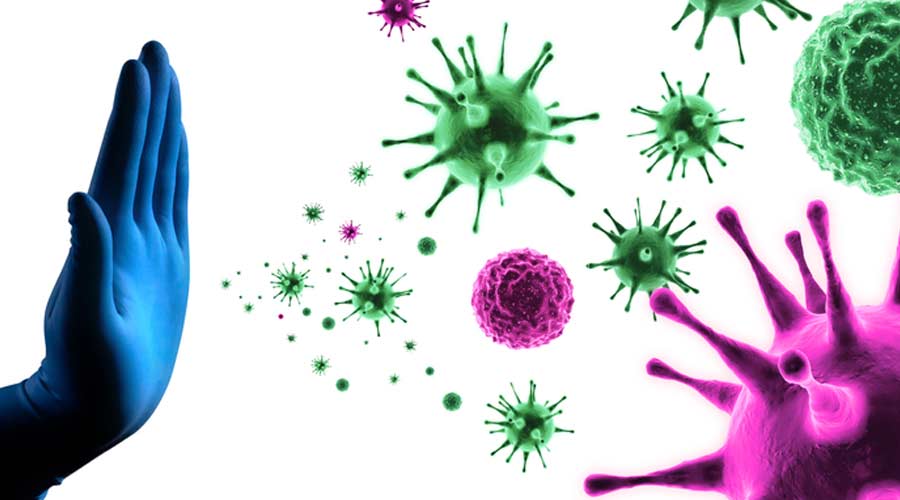
The Hospital Acquired Infection Control Market size was valued at USD 29.13 Billion in 2021 and is projected to grow at a CAGR of 1.5 percent through 2030, according to a recent analysis by Emergen Research. The rising prevalence of hospital-acquired infections (HAIs), growing awareness regarding infection control measures, and advancements in technologies are the major factors driving the growth of the global hospital acquired infection control market.
HAIs are a major cause of morbidity and mortality worldwide and are associated with a substantial economic burden. According to the Centers for Disease Control and Prevention (CDC), around 1 in 31 hospitalized patients in the United States contracts an HAI, leading to an estimated 99,000 deaths annually. The World Health Organization (WHO) estimates that HAIs affect hundreds of millions of patients worldwide each year, resulting in millions of deaths and substantial financial costs to healthcare systems.
The increasing focus on infection control measures is driving the growth of the hospital acquired infection control market. Governments and healthcare organizations worldwide are implementing strict regulations and guidelines to prevent and control the spread of HAIs. In addition, the increasing adoption of advanced technologies such as sterilization equipment, disinfectants, and UV-C light for infection control is also contributing to the growth of the market.
Key Market Drivers:
The rising prevalence of HAIs is the primary driver of the hospital acquired infection control market. According to the CDC, approximately 1.7 million HAIs occur in US hospitals each year, resulting in an estimated 99,000 deaths and an economic burden of up to USD 45 billion. Similarly, the WHO estimates that HAIs affect hundreds of millions of patients worldwide each year, resulting in millions of deaths and substantial financial costs to healthcare systems.
Governments and healthcare organizations worldwide are implementing strict regulations and guidelines to prevent and control the spread of HAIs. For instance, in the United States, the Centers for Medicare & Medicaid Services (CMS) has implemented regulations requiring hospitals to report HAIs and implement infection control measures to receive full reimbursement. Similarly, the World Health Organization (WHO) has developed guidelines and tools for the prevention and control of HAIs in healthcare settings.
Advancements in technologies for infection control are also driving the growth of the market. For instance, UV-C light is an effective method for disinfecting surfaces and reducing the spread of HAIs. In addition, the use of sterilization equipment and disinfectants has been shown to reduce the incidence of HAIs.
Notable Restraints:
One of the major restraints of the hospital acquired infection control market is the high cost associated with implementing infection control measures. Advanced technologies and equipment for infection control can be expensive, making it difficult for healthcare organizations, particularly in low- and middle-income countries, to implement these measures.
In addition, the lack of awareness and training regarding infection control among healthcare workers is also a significant restraint. Healthcare workers play a crucial role in preventing and controlling HAIs, but the lack of proper training and awareness can lead to the spread of infections.
Growth Projections:
The hospital acquired infection control market is expected to grow at a steady pace during the forecast period, driven by increasing government initiatives and growing awareness about the importance of infection control measures. According to Emergen Research, the global hospital acquired infection control market size was valued at USD 29.13 Billion in 2021 and is expected to expand at a CAGR of 1.5 percent from 2021 to 2030. The report also highlights the increasing demand for disinfection products and services, as well as the rising adoption of advanced technologies for infection prevention and control.
Current Trends and Innovations:
One of the key trends in the hospital acquired infection control market is the increasing adoption of ultraviolet (UV) disinfection technology for environmental cleaning. UV-C light is known to be effective against a wide range of pathogens, including bacteria, viruses, and fungi, and has been shown to reduce the risk of hospital acquired infections. Many hospitals and healthcare facilities are now investing in UV-C disinfection systems to complement their existing infection control protocols. For instance, in May 2021, Blue Ocean Robotics, a Danish robotics company, launched the UVD Robot, an autonomous UV-C disinfection robot that can move around and disinfect patient rooms and operating theaters.
For additional market insights on the infection prevention market, click here.

 Celebrating BSCAI's 60th Anniversary eBook
Celebrating BSCAI's 60th Anniversary eBook The Down and Dirty on Cleaning in Virus Season
The Down and Dirty on Cleaning in Virus Season How Surfactant Use is Expanding in Commercial Cleaning
How Surfactant Use is Expanding in Commercial Cleaning